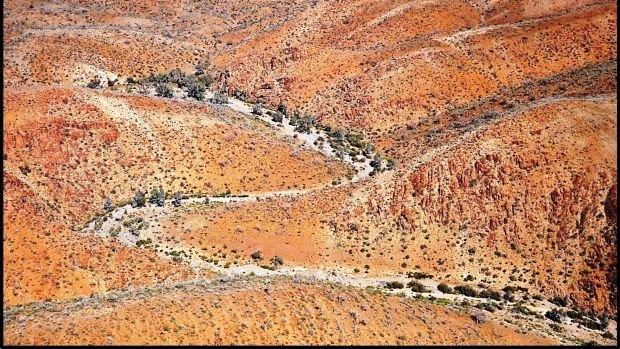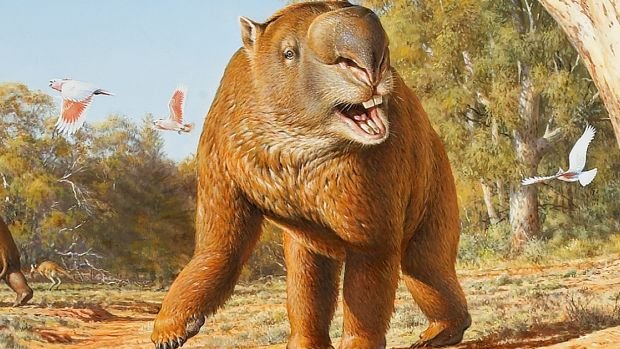Archaeologists rarely seem to agree on a date, and the last one they did agree on was a human settlement which was claimed to be 39,000 years old. But a recent discovery has pushed the date back by another 10,000 years!
Archaeologists have recently unearthed evidence that human habitation could have been as old as 49,000 years, after accidentally stumbling across a rock shelter, in the Northern Finders Ranges of desolate bush Australia.

Why is the discovery significant?
The scientific significance of the discovery is astounding in two areas, but there seems to be a humorous one as well! The discovery not only pushed back the agreed date of the oldest human habitation, it also may have evidence that man indeed co-inhabited the land with Megafauna of that period.
And the humor comes from the knowledge that the site was found accidentally, because one of the members needed to relieve himself and stumbled onto this "rock shelter", which turned out to be a treasure trove of archaeological goodies.
A clear case of shit turning into gold!

So what is a "megafauna"?
The Wikipedia page defines megafauna as:
In terrestrial zoology, megafauna (Ancient Greek mégalo "large" + New Latin fauna "animal") are large or giant animals. The most common thresholds used are weight over 40 kilograms (90 lb),[1] over 44 kilograms (100 lb),[2][3] or over a metric ton 1,000 kilograms (2,205 lb).[1][4][5] This includes many species not popularly thought of as overly large, such as white-tailed deer, red kangaroo, and humans.
The assumption, that humans and megafauna existed simultaneously, came about due to the fact a lot of bones were discovered at the site of known megafauna, like the diprotodon. And as Professor Prideaux, from Flinders University's School of Biological Sciences said,
"The only way those bones and shells got there [because of the steep incline up to the rock shelter] is because people brought them there [to eat] ... in terms of megafauna that's the really significant finding."
So if humans were eating the megafauna, then it goes without saying that they lived at the same time, dispelling older theories which ruled it out!
If you want to read more about this finding, I recommend the following two articles:
- Astounding archaeology discovery places inland human occupation of Australia
- Oldest known evidence of Aboriginal settlement in arid Australia found in Flinders Ranges rock shelter
You may also click the down-arrow next to my name (before my reputation score below) to follow me.
Or you may just re-steem to share the love! 😊
